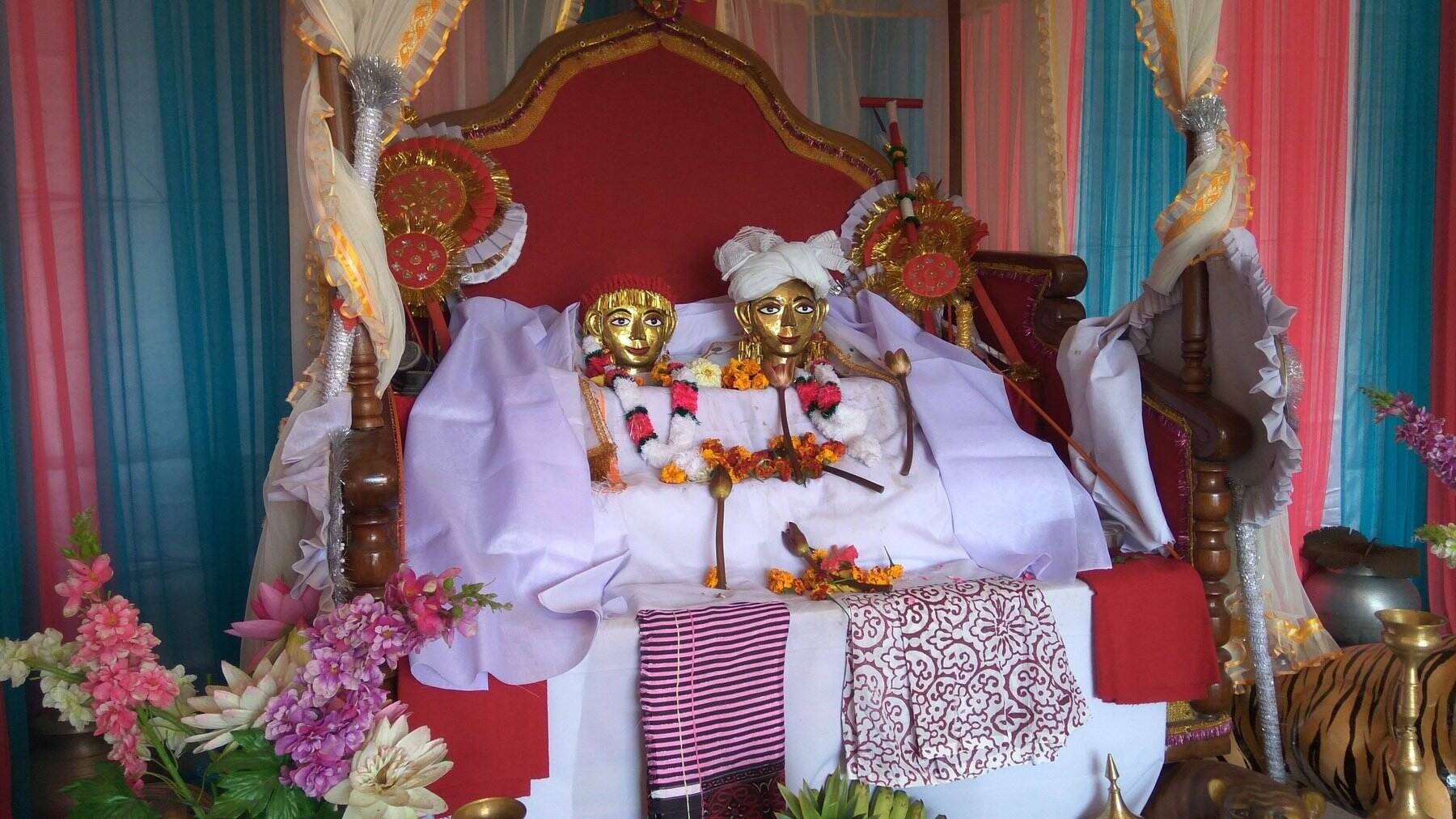
Sanamahism is a traditional religion of the Meitei people in Manipur, India. This ancient faith, deeply rooted in nature worship, has a rich tapestry of beliefs, rituals, and deities. Sanamahism emphasizes harmony with nature, reverence for ancestors, and the worship of a supreme deity, Sanamahi. This religion predates Hinduism in the region and has unique practices that set it apart. From the sacred groves to the vibrant festivals, Sanamahism offers a fascinating glimpse into the spiritual life of the Meitei. Whether you're curious about its history, rituals, or cultural significance, these 32 facts will provide a comprehensive overview of this intriguing faith.
What is Sanamahism?
Sanamahism, also known as Meitei religion, is an ancient faith practiced primarily by the Meitei people of Manipur, India. This religion is rich in history, culture, and traditions. Let's dive into some fascinating facts about Sanamahism.
-
Ancient Roots: Sanamahism dates back to prehistoric times, making it one of the oldest religions in the world.
-
Polytheistic Beliefs: Followers worship multiple deities, with Sanamahi being the principal god.
-
Sacred Texts: The Puya, or ancient scriptures, are the holy texts of Sanamahism.
-
Nature Worship: The religion places a strong emphasis on nature worship, including the sun, moon, and various natural elements.
-
Ancestral Worship: Ancestors are revered and worshipped, reflecting the deep respect for lineage and heritage.
Deities and Rituals
Sanamahism has a rich pantheon of gods and goddesses, each with unique attributes and stories. Rituals play a significant role in the daily lives of its followers.
-
Sanamahi: The chief deity, Sanamahi, is believed to reside in every household.
-
Leimarel Sidabi: The goddess of earth and fertility, she is considered the mother of all deities.
-
Pakhangba: A serpent god, Pakhangba is associated with protection and prosperity.
-
Lai Haraoba: This festival involves elaborate rituals, dances, and songs to honor the deities.
-
Umang Lai: Forest deities worshipped during specific festivals and rituals.
Festivals and Celebrations
Festivals in Sanamahism are vibrant and deeply rooted in tradition. They bring communities together and celebrate the divine.
-
Lai Haraoba Festival: Celebrated with dance, music, and rituals, it honors the creation of the universe.
-
Cheiraoba: The Manipuri New Year, marked by feasts, prayers, and cleaning of homes.
-
Mera Houchongba: A festival promoting unity among different ethnic groups in Manipur.
-
Ningol Chakouba: A social festival where married women return to their parental homes for a feast.
-
Yaoshang: Similar to Holi, this festival involves colors, sports, and cultural performances.
Cultural Significance
Sanamahism is not just a religion but a way of life that influences various aspects of Manipuri culture.
-
Traditional Attire: Rituals often involve wearing traditional clothes like Phanek and Innaphi.
-
Dance Forms: Classical dance forms like Manipuri Raas Leela have roots in Sanamahism.
-
Martial Arts: Thang-Ta, a traditional martial art, is intertwined with religious practices.
-
Folk Music: Music plays a crucial role in rituals and festivals, with instruments like Pena being prominent.
-
Handicrafts: Traditional crafts, including weaving and pottery, are influenced by religious motifs.
Modern-Day Practices
While Sanamahism is ancient, it continues to evolve and adapt to contemporary times.
-
Revival Movements: Efforts are being made to revive and preserve ancient practices and rituals.
-
Educational Initiatives: Schools and institutions are teaching the younger generation about Sanamahism.
-
Global Diaspora: The Meitei diaspora continues to practice and promote their religion worldwide.
-
Interfaith Harmony: Sanamahism promotes peace and harmony among different religious communities.
-
Environmental Conservation: The religion's emphasis on nature worship aligns with modern environmental movements.
Unique Traditions
Sanamahism boasts unique traditions that set it apart from other religions.
-
Yumjao Lairembi: The practice of worshipping household deities in a dedicated space within homes.
-
Tangkhul Nurabi: A ritual drama performed during Lai Haraoba, depicting the creation story.
-
Hiyang Tannaba: Traditional boat racing held during festivals, symbolizing strength and unity.
-
Sagol Kangjei: An ancient form of polo, believed to have originated in Manipur.
-
Chingkheirol: A traditional form of wrestling, often performed during festivals.
Influence on Society
Sanamahism has a profound impact on the social structure and daily lives of its followers.
-
Community Living: Emphasis on communal harmony and collective well-being.
-
Moral Values: Teachings focus on honesty, respect, and compassion towards all living beings.
Final Thoughts on Sanamahism
Sanamahism, with its rich history and unique traditions, offers a fascinating glimpse into the spiritual life of the Meitei people. From the worship of nature and ancestors to the celebration of vibrant festivals, this ancient religion is deeply woven into the cultural fabric of Manipur. Understanding Sanamahism not only broadens our knowledge of world religions but also highlights the importance of preserving indigenous beliefs. As you explore more about Sanamahism, you'll find a profound respect for nature, community, and spirituality. This religion's resilience and adaptability through centuries are truly remarkable. Whether you're a history buff, a spiritual seeker, or just curious, Sanamahism has something to offer. Dive into its stories, rituals, and practices to appreciate the depth and beauty of this lesser-known faith.
Was this page helpful?
Our commitment to delivering trustworthy and engaging content is at the heart of what we do. Each fact on our site is contributed by real users like you, bringing a wealth of diverse insights and information. To ensure the highest standards of accuracy and reliability, our dedicated editors meticulously review each submission. This process guarantees that the facts we share are not only fascinating but also credible. Trust in our commitment to quality and authenticity as you explore and learn with us.
